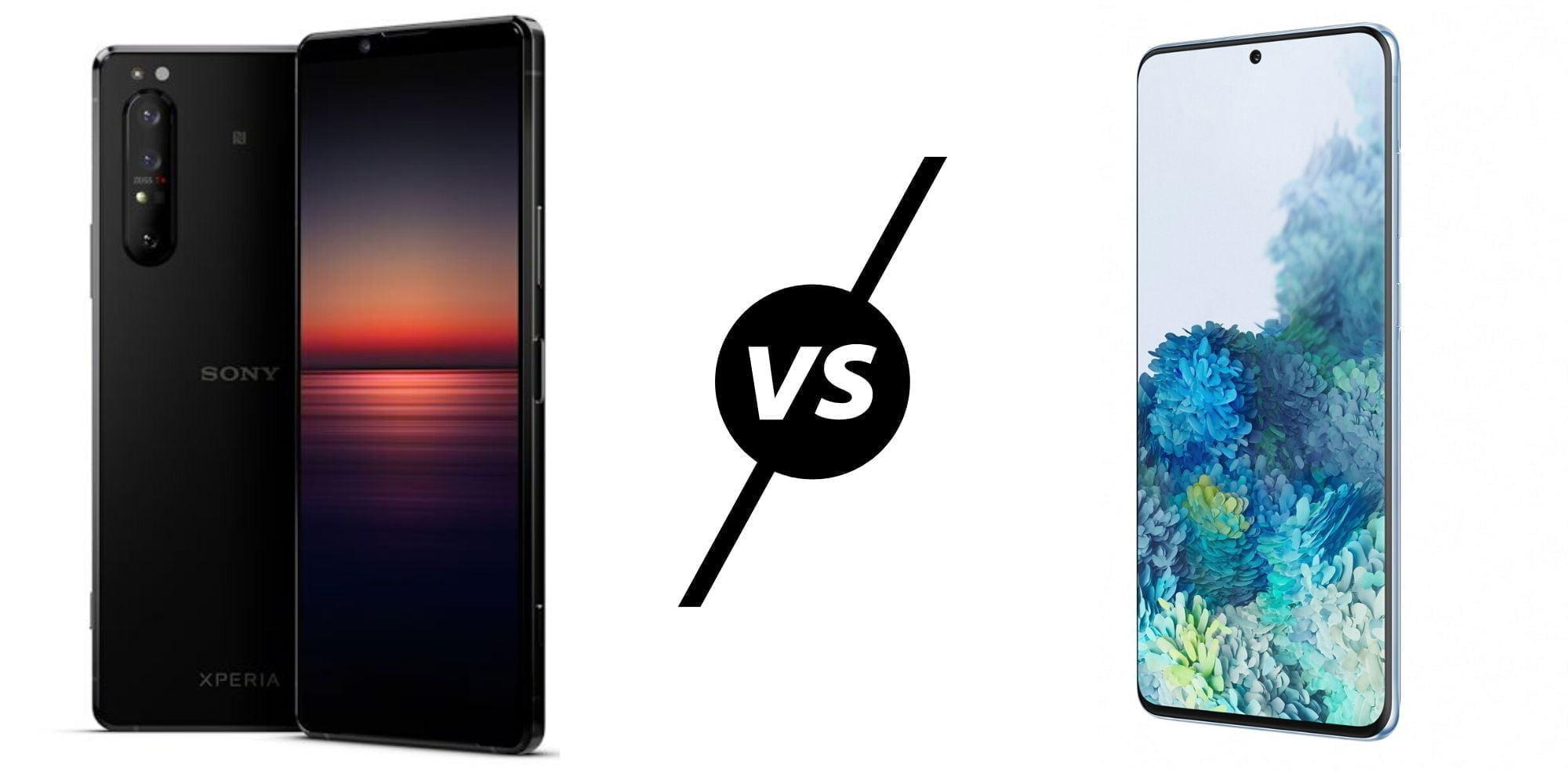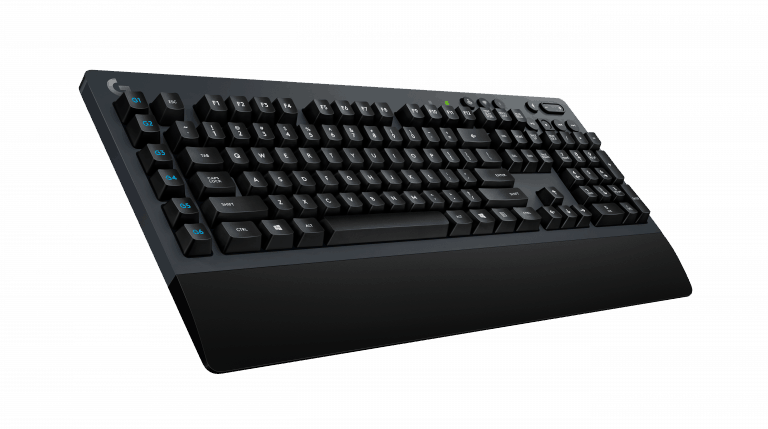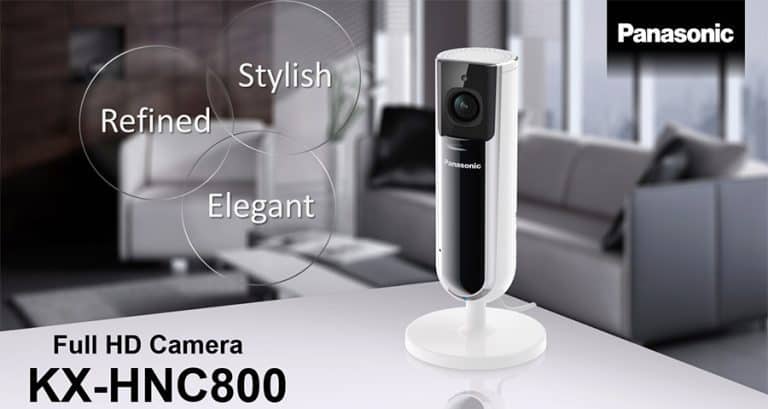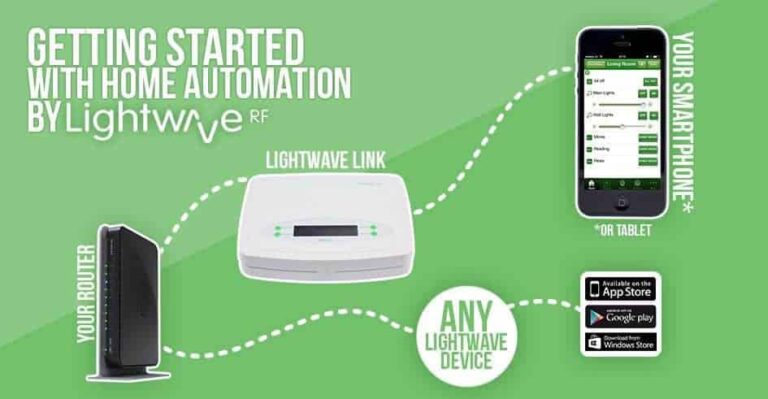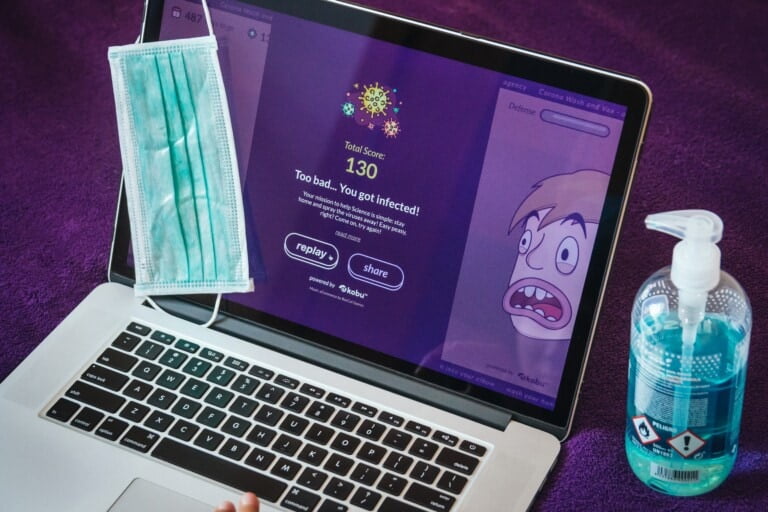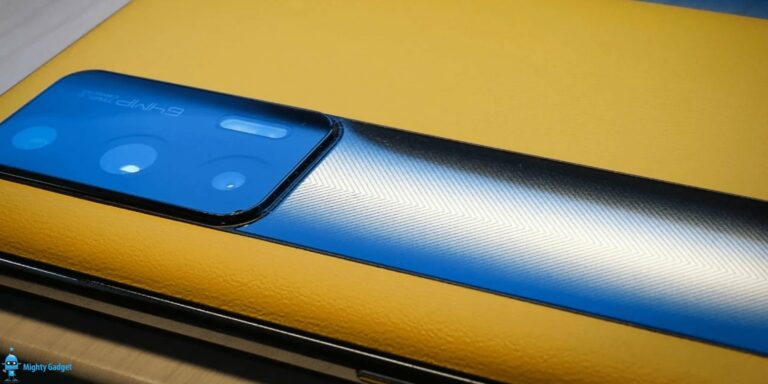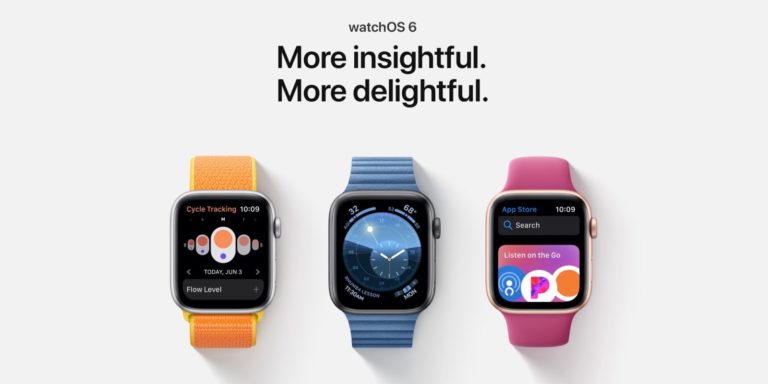Any links to online stores should be assumed to be affiliates. The company or PR agency provides all or most review samples. They have no control over my content, and I provide my honest opinion.
Sony has just announced its latest flagship the Sony Xperia 1 II – so 1 will remain the nomenclature for their flagship phones and this the mark 2.
With the launch of the Samsung Galaxy S20 series, which will likely be the best selling flagship Android device of the year, let’s see how Sony hopes to try and win your custom.
Chipset
Samsung has a bizarre policy of releasing the same phone but with different chipsets on different markets. In the US, China and Japan they have the Qualcomm Snapdragon 865. The rest of the world, including the UK we get the Samsung Exynos 990. They should (in theory) offer similar performance, but in general, the Exynos is not as good as the Snapdragon.
The Sony comes with the Qualcomm Snapdragon 865.
Samsung has 8/12/16GB variants with storage starting out at 128GB and going up to 512GB.
Sony has 8GB LPDDR4X and 256GB.
Connectivity
Now, this is where things get a little confusing.
The Qualcomm Snapdragon 865 lacks a modem, but you have to use the 5G X55 modem with it. The Samsung Exynos 990 also lacks a modem but Samsung doesn’t appear to have any restrictions on what modem they use on it.
So for us Brits, Samsung has launched a 4G variant of the S20 series which is available on the S20 and S20+.
Sony, on the other hand, has done the opposite, even though it is a 5G capable phone, in the US they have omitted 5G functionality. The logic behind this is that the SD865 lacks mmWave which is used in the US. Sony claims to be launching 5G variants elsewhere, but they are unclear about this.
Display
The Sony display is:
- 6.5″ AMOLED
- 3840 x 1644 (21:9)
- 90Hz
Samsung has three models with display sizes of 6.2-inch, 6.7-inch and 6.9-inch. Each display runs at 3200 x 1440 (20:9) and has 120Hz Refresh Rate (@FHD+ software rendering). Samsung claims they will enable 120Hz at full resolution via a software update.
Camera

The Sony uses three main camera lenses and a TOF on the rear. All 12MP with the primary 1.8µm Dual Pixel then a 3x telephoto and an ultra-wide. The front camera is a 8MP 1.12µm lens.
The two smaller S20 models have 12MP 1.8µm Dual Pixel primary cameras, and the Ultra has that monster 108MP 0.8µm DP-PDAF which does 3×3 Pixel Binning to 12MP.
Then the smaller ones have a 64MP 0.8µm wide angle telephoto which uses Cropping / digital zooming and the ultra has a 48MP 0.8µm 5x optical zoom.
They all have a 12MP 1.4µm f/2.2 ultra wide angle camera, then the S20+ and S20 ultra have a Time of Flight (ToF) 3D Sensor.
Battery
Samsung starts at 4000mAh then 4500mAh and 5000mAh the two smaller phone shave 25W charging while the Ultra has 45W. All of them have 15W wireless charging.
The Sony has a 4000mAh battery with 18W charging.
Price
Sony has launched at $1099 which is $150 more than last year. The original Xperia 1 launched at $949 / £849 / €949.
The Samsung Galaxy S20 5G launched at $999 / 999€ / £899 – £799 for the 4G model
The S20+ 5G is $1199 / 1099€ / £999 – £899 for the 4G model
Ther Ultra 5G: $1399 / 1349€ / £1199 – No 4G model
| Preview | Product | Rating | Price | |
|---|---|---|---|---|

| Samsung Galaxy S20 Mobile Phone; Sim Free Smartphone - Cloud... |
£799.00 | Buy on Amazon |
| Preview | Product | Rating | Price | |
|---|---|---|---|---|

| Samsung Galaxy S20+ 5G Android Smartphone - SIM Free Mobile... |
£170.00 | Buy on Amazon |
So the 4G only Sony will launch in the US sitting in between the S20 and S20+ in terms of pricing while offering a similar camera specification, a higher resolution screen but lower refresh rate, and the same battery, but slower charging. It also has less RAM but more storage as standard.
Is this a tempting offer over Samsung? I would say they are quite well matched, but the decision to disable 5G for US models could be an issue for some. Though it could also avoid confusion with US customers buying a 5G phone then not being able to get 5G.
I am James, a UK-based tech enthusiast and the Editor and Owner of Mighty Gadget, which I’ve proudly run since 2007. Passionate about all things technology, my expertise spans from computers and networking to mobile, wearables, and smart home devices.
As a fitness fanatic who loves running and cycling, I also have a keen interest in fitness-related technology, and I take every opportunity to cover this niche on my blog. My diverse interests allow me to bring a unique perspective to tech blogging, merging lifestyle, fitness, and the latest tech trends.
In my academic pursuits, I earned a BSc in Information Systems Design from UCLAN, before advancing my learning with a Master’s Degree in Computing. This advanced study also included Cisco CCNA accreditation, further demonstrating my commitment to understanding and staying ahead of the technology curve.
I’m proud to share that Vuelio has consistently ranked Mighty Gadget as one of the top technology blogs in the UK. With my dedication to technology and drive to share my insights, I aim to continue providing my readers with engaging and informative content.
Last update on 2024-04-24 / Affiliate links / Images from Amazon Product Advertising API

